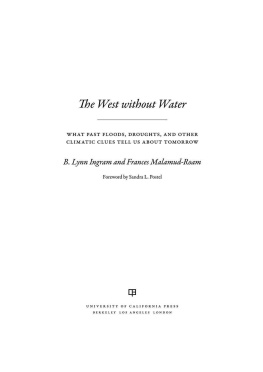NUMBER NINE
Peter T. Flawn Series in Natural Resources
A THIRSTY LAND
The Making of an American Water Crisis
Seamus McGraw

UNIVERSITY OF TEXAS PRESS
AUSTIN
The Peter T. Flawn Series in Natural Resource Management and Conservation is supported by a grant from the National Endowment for the Humanities and by gifts from various individual donors.
Copyright 2018 by Seamus McGraw
All rights reserved
First edition, 2018
Requests for permission to reproduce material from this work should be sent to:
Permissions
University of Texas Press
P.O. Box 7819
Austin, TX 78713-7819
utpress.utexas.edu/rp-form
Library of Congress Cataloging-in-Publication Data
Names: McGraw, Seamus, author.
Title: A thirsty land : the making of an American water crisis / Seamus McGraw.
Description: First edition. | Austin : University of Texas Press, 2018. | Includes bibliographical references and index.
Identifiers: LCCN 2018002642
ISBN 978-1-4773-1031-1 (cloth : alk. paper)
ISBN 978-1-4773-1680-1 (library e-book)
ISBN 978-1-4773-1681-8 (nonlibrary e-book)
Subjects: LCSH: Water resources developmentTexas. | Water resources developmentGovernment policyTexas. | Water resources developmentEnvironmental aspectsTexas. | Water-supplySocial aspectsTexas. | Water-supplyPolitical aspectsTexas. | Water-supplyTexasManagement.
Classification: LCC HD1694.T4 M34 2018 | DDC 333.91009764dc23
LC record available at https://lccn.loc.gov/2018002642
doi:10.7560/310311
CONTENTS
PROLOGUE
IT IS A HARSH LAND, this bone-dry twenty-one-thousand-square-mile expanse of cacti and rocks and rattlesnakes that sprawls out as far as the eye can see in all directions from the confluence of the Rio Grande and the Pecos in Texas. It is a land that yields little, and even now, for what little it givesa little water, a little food, a little fuelit demands much in return.
It is a land that demands sacrifice.
A desert landscape violently interrupted by rugged canyons, it is stunning in its stark beauty. It is what every child in the East or the North or the Deep South imagines when they close their eyes and conjure up an image of the American Southwest, though for most, if they ever see it all, it simply will be a Wild West backdrop for a cross-country car trip along Interstate 10.
That is a pity. Because you only have to venture a comparatively few miles from that highwaythat single strand of a weblike monument to our modern American belief that we can engineer our way through any problem and enjoy the benefits of those advances in splendid isolationto find a very different monument to a very different way of looking at the world and our place in it.
Hidden in a rock shelter, a few hundred feet above the Pecos, there is a mysterious mural. It is one of scores in the region painted sometime between two thousand and four thousand years ago by a vanished people, linked to the Yaquis and other Native American cultures. But in many respects, this silent cacophony of seemingly unrelated imagesof strange characters, and prancing deer, and odd snake-like lines whirling around a headless figure with a red line across its neckis perhaps the most puzzling.
Long known as the White Shaman, it doesnt depict a shaman at all, says Carolyn Boyd, an artist turned archeologist who has been trying to crack the code of the murals for more than twenty years. Actually, that figure is a prototypical moon goddess.
And if you were to visit that rock shelter on the winter solstice, you would see that the act of creation that those ancient painters set in motion thousands of years ago continues to this day. As the sun rises on December 21, it illuminates one portion of the mural after another, until at last it stops, going no farther than that bright red line across her neck, effectively decapitating her.
It is, Boyd contends, a sacrifice, the goddess giving her life to bring about a new beginning for her people, and it continues to play out, year after year, centuries after her people have gone.
Concealed within these images there is a story of creation, how, in their mythology described dismissively by some as primitive, they believed that the world was once a formless, watery void somewhere in the east, and how, led by a divine deer, people bearing torches were led to the sunlight, emerging from a sacred mountain, and how that act repeated itself each year, as the moon emerges from a water world, ascends, forms a union that brings forth the sun, and then declines, before the whole cycle begins again. It is a story of balance.
But Boyd has teased more out of the mythology as well. The very act of painting those images, she said, was an effort not to memorialize a distant past but to make it real and present. The act of re-creation was actually an act of creation.
And sacrifice. In a complex ritual, those ancient people brought the materials to make the pigments used in the painting, minerals wrenched with great toil from the ground, vegetable matter hard to come by in a merciless desert, and animal fat, precious beyond words to a people living always on the edge of starvation.
Even the minute mechanics of the act of painting itself was a ritual act of continuing creation. Science has given us the tools to suss out how it was done. First the black paint was applied, a communion with that ancient watery world. Then the redyou can see it in the flaming antlers of the mystical deer that leads them out of the darknessthen yellow, then white, which represented the fullness of the cycle, from water to land to light and to a balance between fire and water, between sunlight and rain.
They did not believe that they were simply the inheritors of creation. They believed that they were actors in it, that with each stroke, each dab of paint, they were summoning and completing creation itself.
It would, of course, be fanciful, poetic, and maybe even a little patronizing to imagine that somehow these ancients living hand to mouth at the far edge of an unforgiving desert, lacking all but the most rudimentary tools, fully comprehended the complex forces that defined their existence. There is no reason to imagine that they had the clarity of vision to see into their future any more clearly or courageously than we can face our own. It would be presumptuous to believe that they could have somehow pierced the veil and peered back into the beginning of time.
We will leave it to mystics and philosophers to ponder whether there was something etched in their DNA that led them to fashion a creation myth that in many respects reflects the geological record. We are a modern people. We trust in facts and science. Or so we tell ourselves.
And yet, modern science tells us that indeed, eons before any human being ever set foot in Texas, this parched corner of the world was in fact born in water. As recently as sixty-five million years ago, as a sea that once stretched all the way from the Gulf of Mexico to the Arctic retreated eastward, this very rock shelter where these ancients acted out the moment of their mythical creation in order to sustain that creation likely still was hidden beneath the waters at the western edge of the Gulf.
That sea helped form the land that this lost people knew, and the one that wean increasingly urban people insulated from a direct connection to the landstill inhabit today. It left behind towers of sandstone that the relentless winds of Texas sculpted into monuments. It left behind limestone deposits aboveground and, more critically, below it, subterranean deposits that in some cases would be carved by the slow, relentless trickle of water into underground channels like the Edwards Aquifer thattaxed though it isstill provides water to millions of people in much of Central Texas. It left behind salt deposits in other parts of Texas, mostly to the west, and it is the ghost of that ancient sea which even today taints significant water sources, like the Upper Brazos River Basin, and less significant ones, like the Hueco Aquifer, which serves at least a couple of hundred residents of the colorful desert ghost town of Terlingua.
Next page

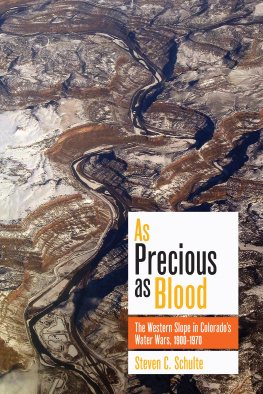
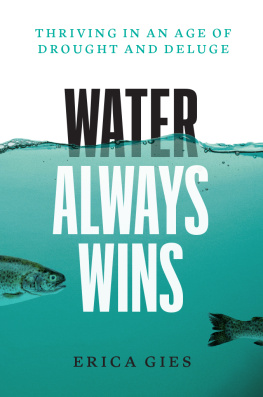

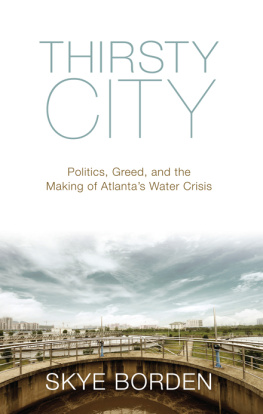


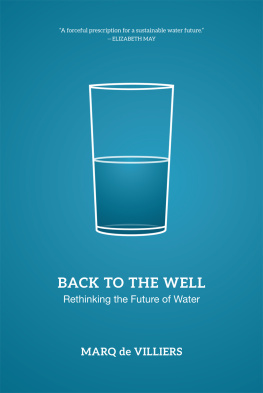
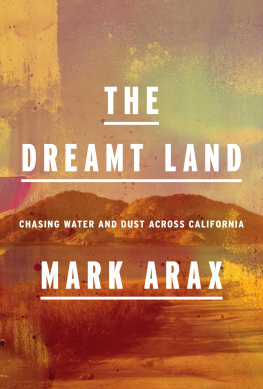
![David E Newton] - The global water crisis : a reference handbook](/uploads/posts/book/104432/thumbs/david-e-newton-the-global-water-crisis-a.jpg)
